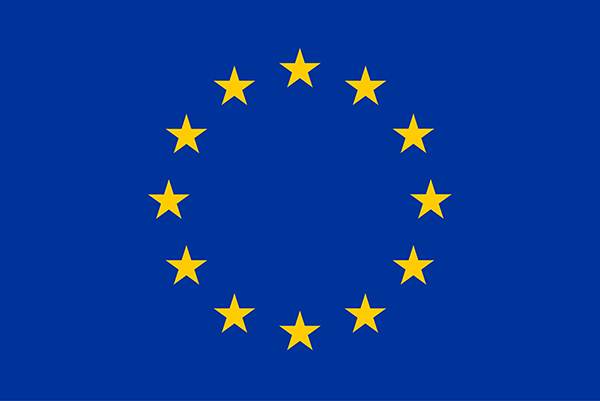ETER contributes to a novel classification of European HEIs
Unlike the US, where the Carnegie classification provides a clear understanding of the main types of institutions in the system, there is currently no widely accepted classification of European Higher Education Institutions (HEIs). The diversity of national terms and labels, such as colleges, Fachhochschulen, or technical universities and the successive expansion of higher education beyond traditional (PhD-awarding) universities make it increasingly challenging to identify which main types of institutions are present in European higher education. Even more so since what constitutes the defining characteristics of a ‘university’ or a ‘college’ differs across countries.
The European Tertiary Education Register (ETER) provides for the first time a register and comparable data on a population of more than 3,000 HEIs in nearly 40 countries. On this basis and thanks to the integration of ETER with research and technology output data from the RISIS research infrastructure project, a comparable classification of European HEIs has been developed by Professor Benedetto Lepori from the Università della Swizzera italiana. The classification comprises six classes of HEIs showing distinct characteristics in terms of the relative orientation towards research vs education and of the subject specialisation towards NATural SCIences vs Social Sciences and Humanities (see figure below).
The classification identifies a class of about 300 research universities, including all top-ranked European universities, alongside a smaller class of science and technology-oriented HEIs, such as TU Munich and ETH Zurich, with a strong research focus and high technology production. Further, a large class of generalist HEIs includes younger and less-research oriented universities, alongside large universities of applied sciences, which enrol nearly 40% of the bachelor and master students. Finally, the HEI system also includes a group of highly specialized HEIs in social sciences and humanities, such as art, music and theology schools, and a large number of educational-only HEIs, comprising also most private institutions.
The new classification allows for a better understanding of the European higher education structure and identifies more homogenous groups of institutions, for example, as targets of European policies. The ongoing extension of ETER will allow its successive refinement and analysis of changes over time.
